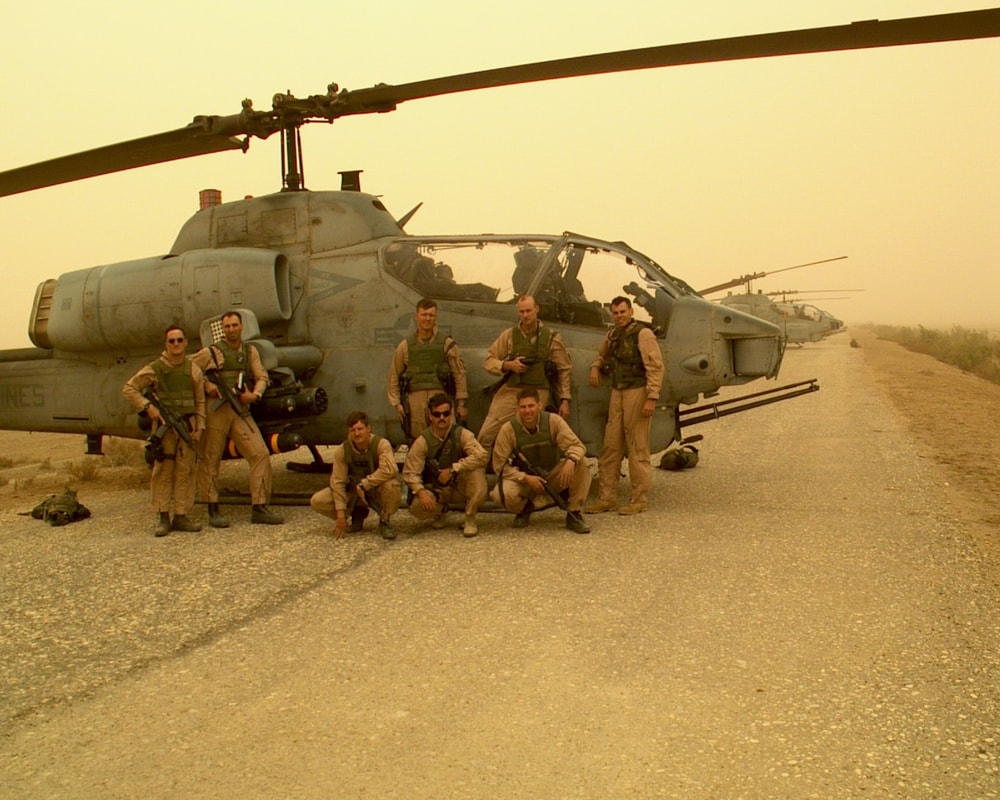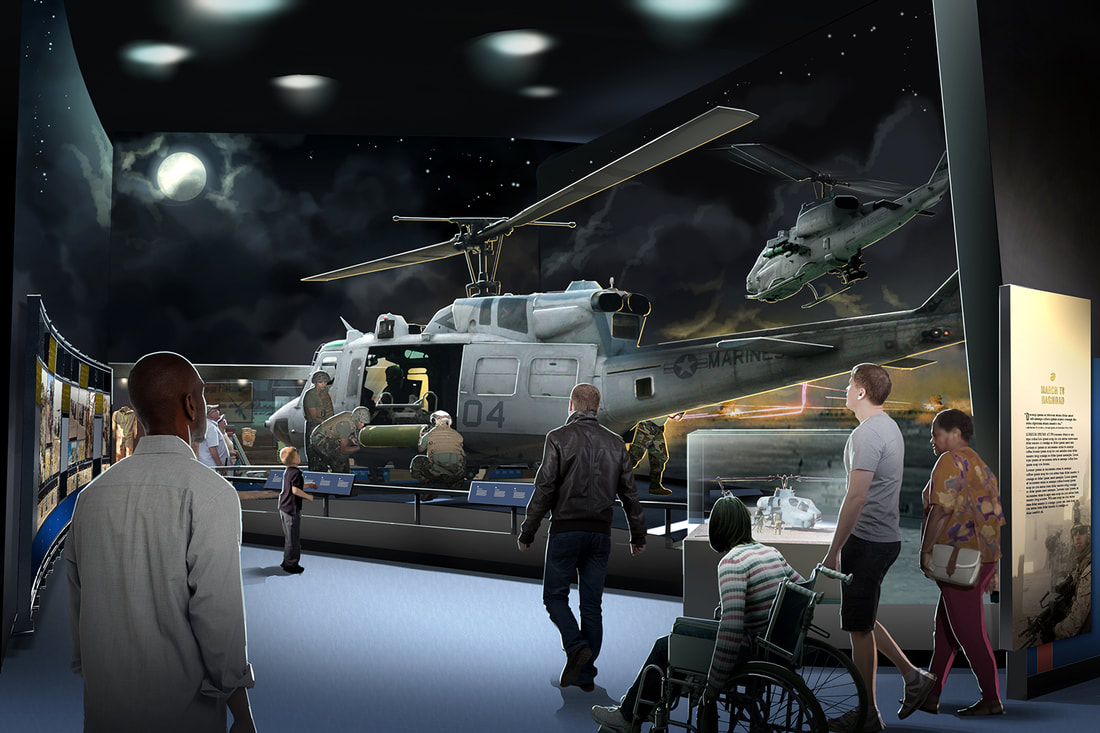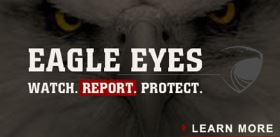This Bell UH-1N Huey helicopter will be the centerpiece of the Museum's Forward Arming and Refueling Point (FARP) scene in the March to Baghdad exhibit in our Final Phase galleries. In fact, this particular UH-1N (Bureau Number 159209) actually flew in the battle with Marine Light Attack Helicopter squadron (HMLA) -267.
The helicopter entered service with the Marine Corps in September 1976 and participated in numerous deployments and combat operations including Operation Desert Shield/Storm, Operation Restore Hope, and the opening months of Operation Iraqi Freedom. It was added to the NMMC’s collection in April 2014, following its retirement from HX-21 at NAS Patuxent River, MD.
FARP Camden Yards allowed Marine helicopters, predominately from HMLA-269 and HMLA-267, to maintain a constant presence over the city and surrounding areas, providing crucial air support to the Task Force Tarawa Marines involved in the fighting inside the town and to Regimental Combat Team 1 as it continued to march north toward Baghdad. FARP Camden Yards also became a haven for HMLA-269 AH-1W crews during the “Mother of All Sandstorms” which blanketed the area during the night of 24 – 25 March, 2003. While in operation, it was not uncommon for Marine AH-1W Super Cobra gunships to rearm and refuel at Camden Yards five or more times within a ten-hour period, day and night.
As the fighting moved closer to the Iraqi capital, FARP Camden Yards was closed on 4 April 2003.
FARPs are “miniature airfields” which allow Marine helicopters (and in some cases even fixed wing aircraft) to rearm and refuel close to the battle and get back into the fight quickly. A FARP, like a good NASCAR pit crew, could “turn” a flight of four Marine AH-1W Super Cobra helicopter gunships in less than 20 minutes. The FARP teams closely followed the advancing ground forces and could set up a fully operational FARP in just a few hours and then operate it 24-hours a day for as long as needed. As the battle moved on, the FARP would be closed and the FARP team moved up to where it was needed next. FARPs kept Marine helicopters where they were needed most – overhead and supporting Marines fighting and advancing on the ground and are a key example of the innovative and flexible capabilities of Marine aviation!
Author: Ben Kristy
Ben Kristy is the Chief of Collections for the National Museum of the Marine Corps.





 RSS Feed
RSS Feed







